A Karuizawa house is a soothing, work-from-home retreat in Japan
Takeshi Hirobe Architects play with scale and space, creating a tranquil residence in which to live and work
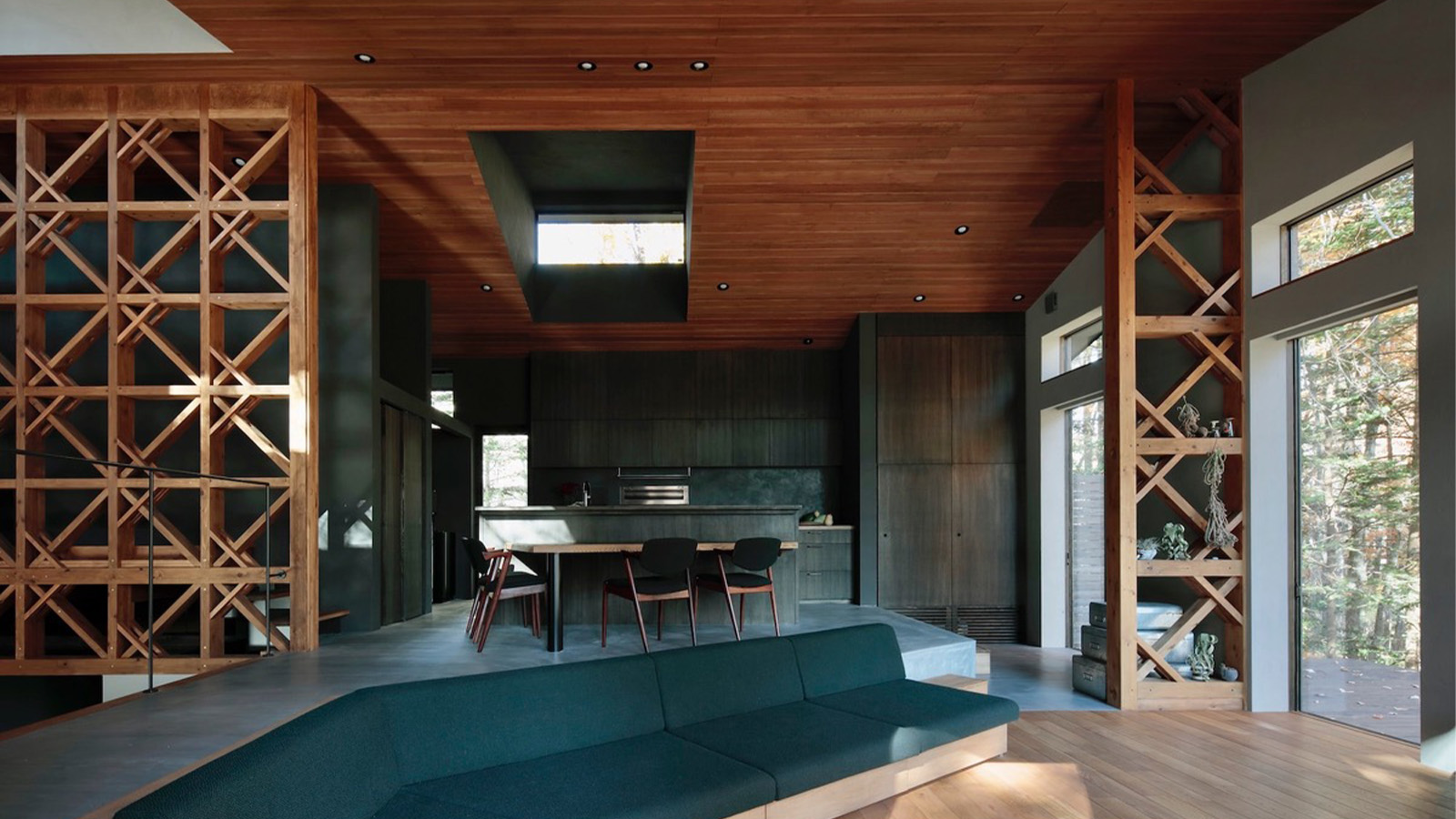
Nestled near the Nagano mountains in rural Japan, a Karuizawa house, titled YMK, is a leafy retreat surrounded by calming forest and creeks, and designed by Takeshi Hirobe Architects.
Tour this Karuizawa house in Japan
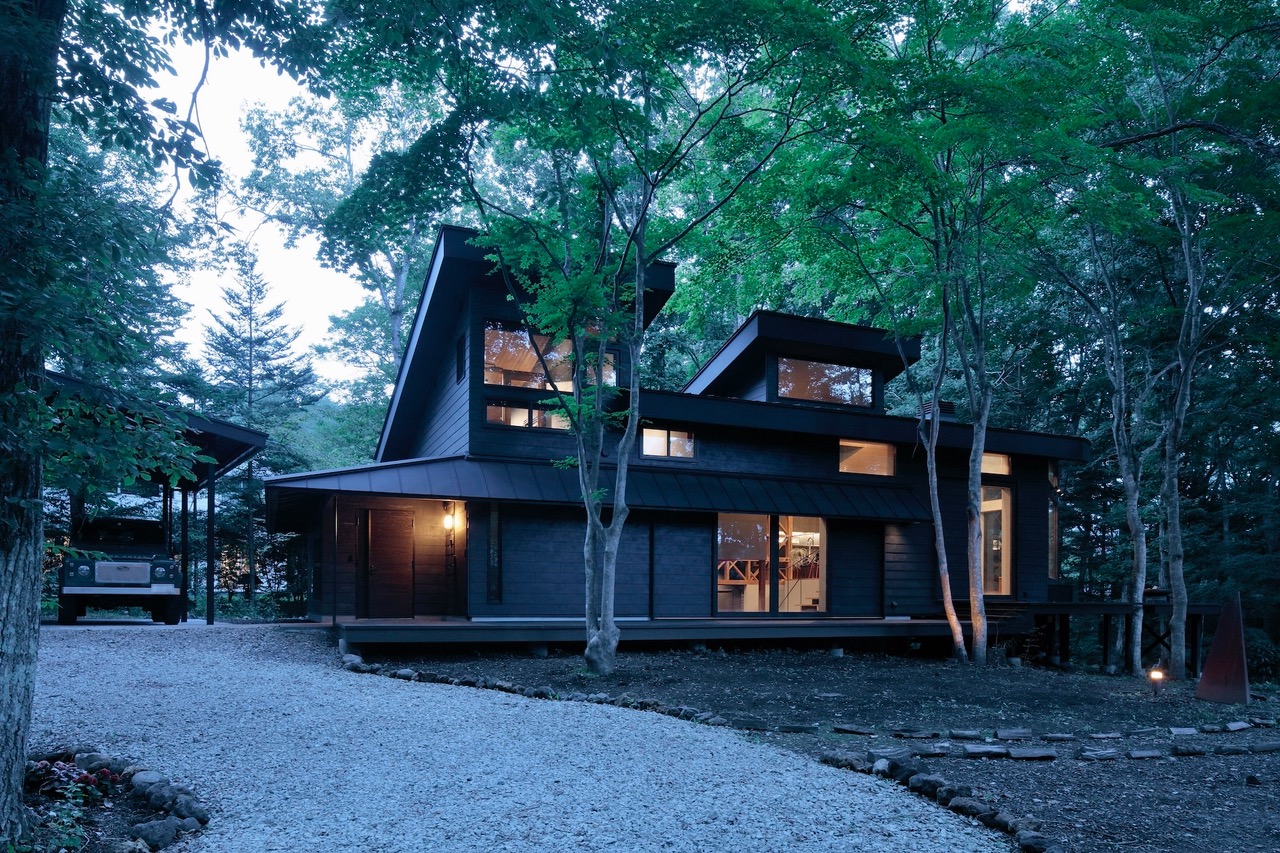
The Japan-based studio worked closely with the client, who had begun to veer away from city living, eventually deciding to relocate to a rural highland area. Their intention was to create a calming space from which to work remotely.
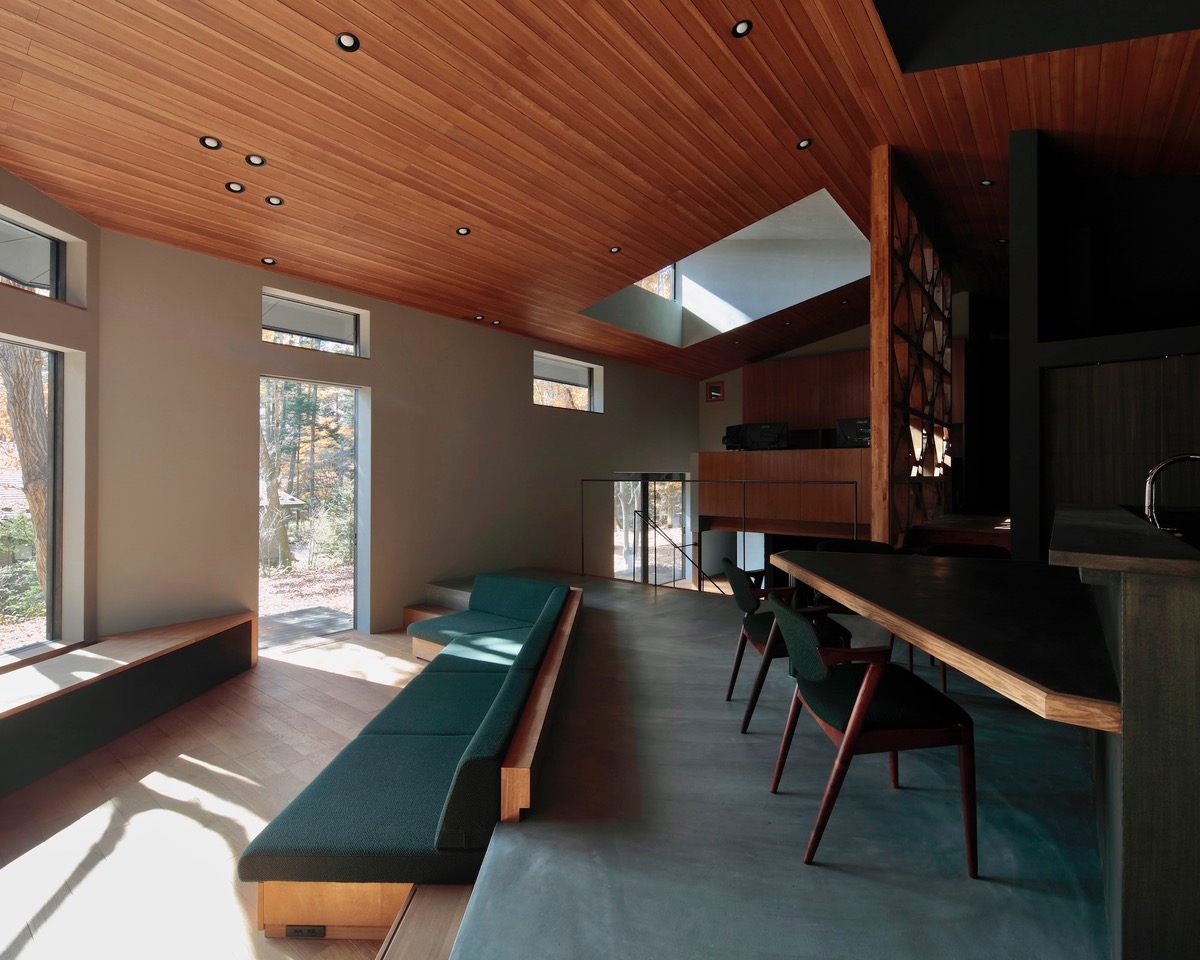
When principal architect and founder Takeshi Hirobe first came by the site, he was taken aback by the calmness of the area, he says: ‘The inspiration behind the design was tranquillity. When I visited the site, I was impressed by the quiet atmosphere for an area with relatively many buildings. I was also impressed by the surrounding trees, and the autumn leaves.’
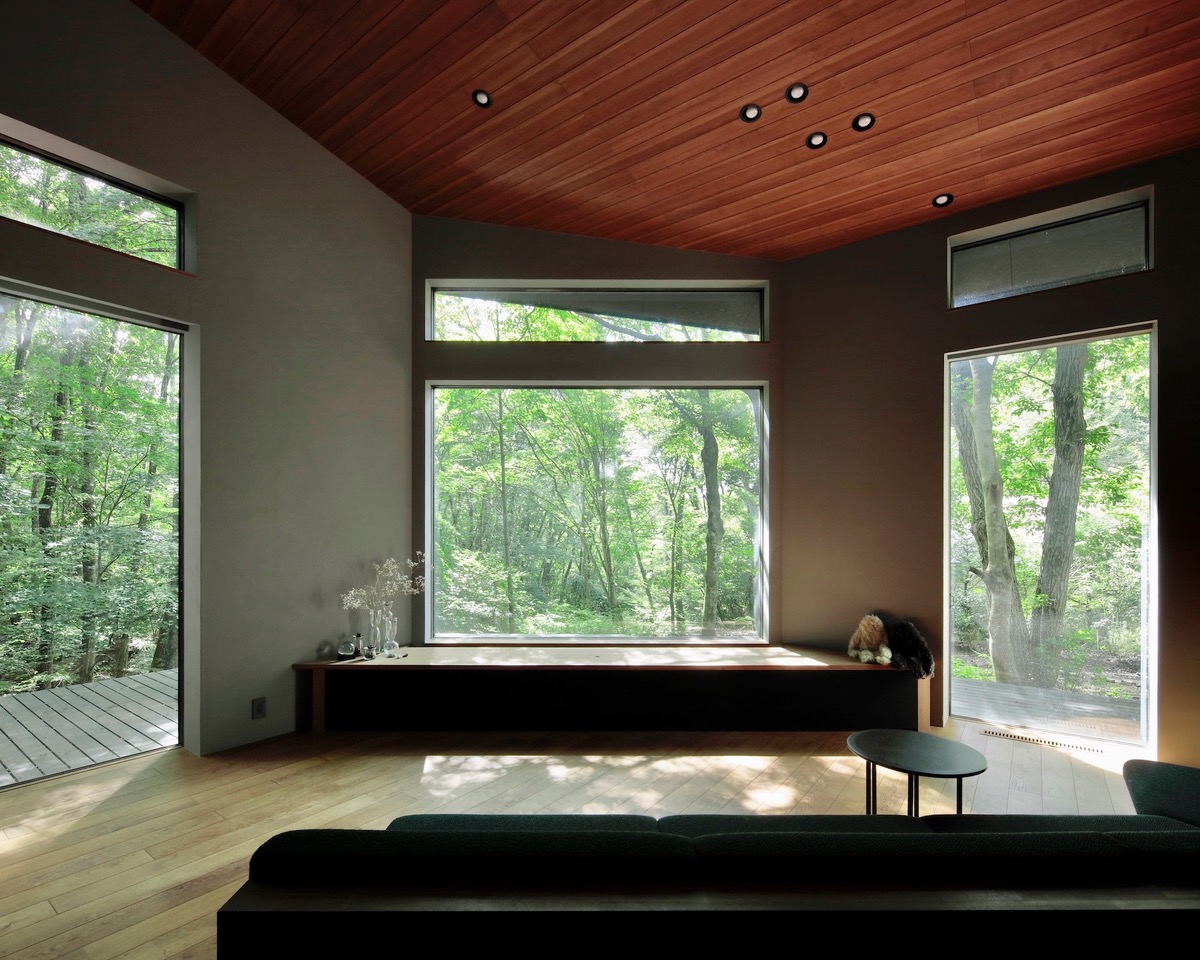
The architect adds that the neighbouring houses’ windows and doors were often left open, but the interiors were still private, protected by the foliage and placement of the openings. In this spirit, the new property’s ‘interior space should have a sense of quietness like a basso continuo’, he says. 'This was the image that remained unchanged from the beginning.’
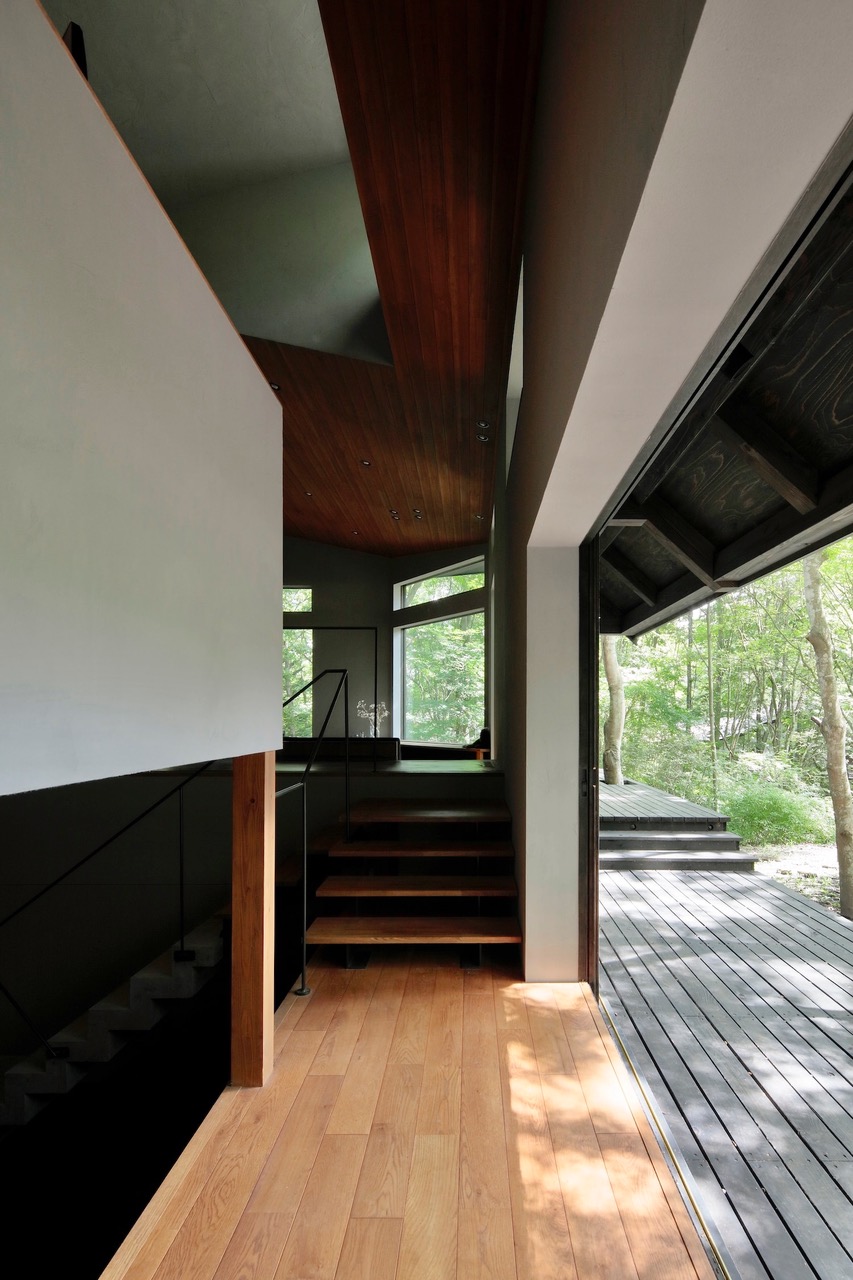
The residence sits on a gentle slope and is defined by a stream that flows at its foot, below. This body of water carves out a picturesque valley, providing distance between the home and its nearest neighbour.
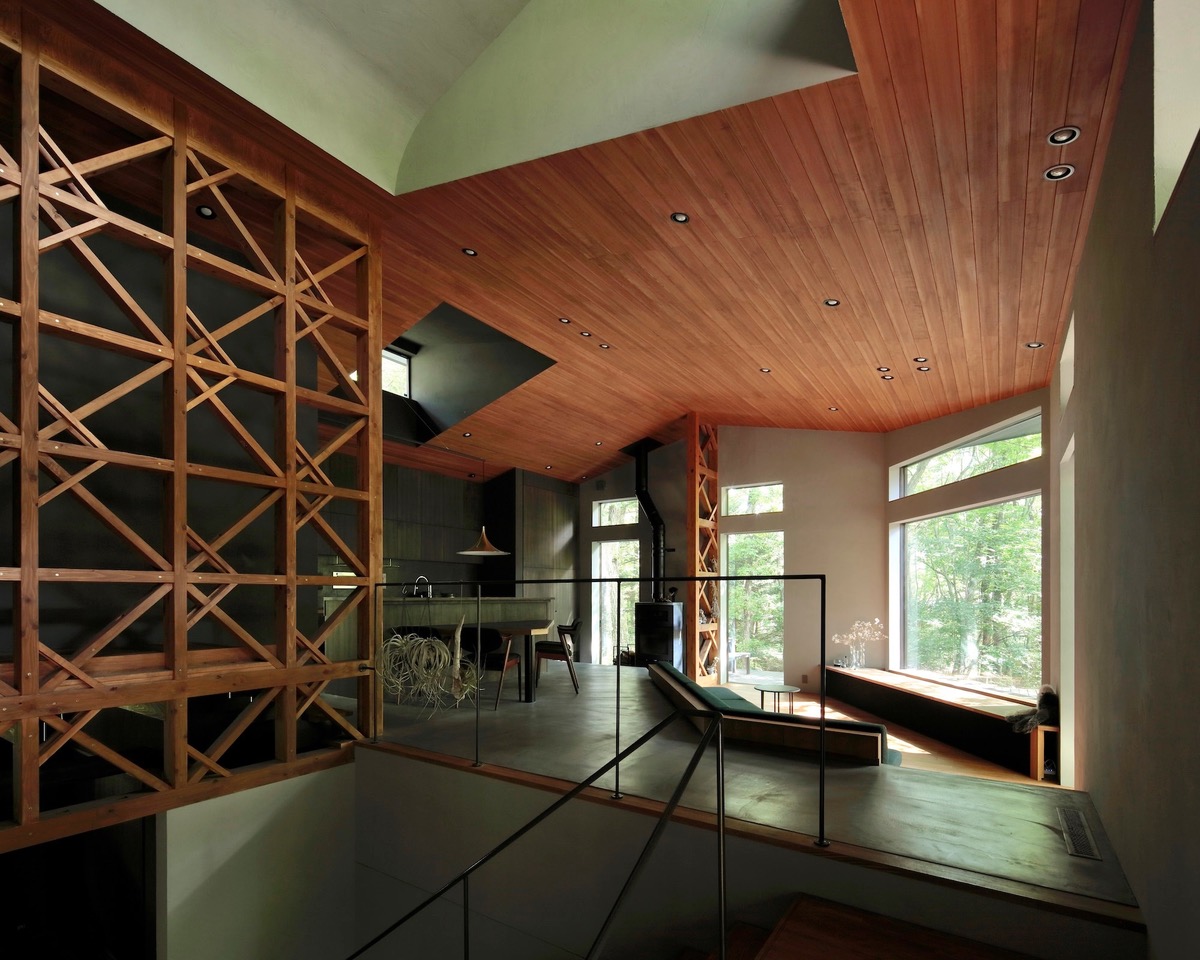
Large windows were used to frame the green vistas. However, the architecture firm was wary of the location’s climate (it offers cool summers, but winters drop to -10°C). To counteract this dramatic temperature drop, foundations were built below frost depth, a water-based thermal-energy storage system was installed beneath the floor, and there is also a wood-burning stove for use as a heat source.
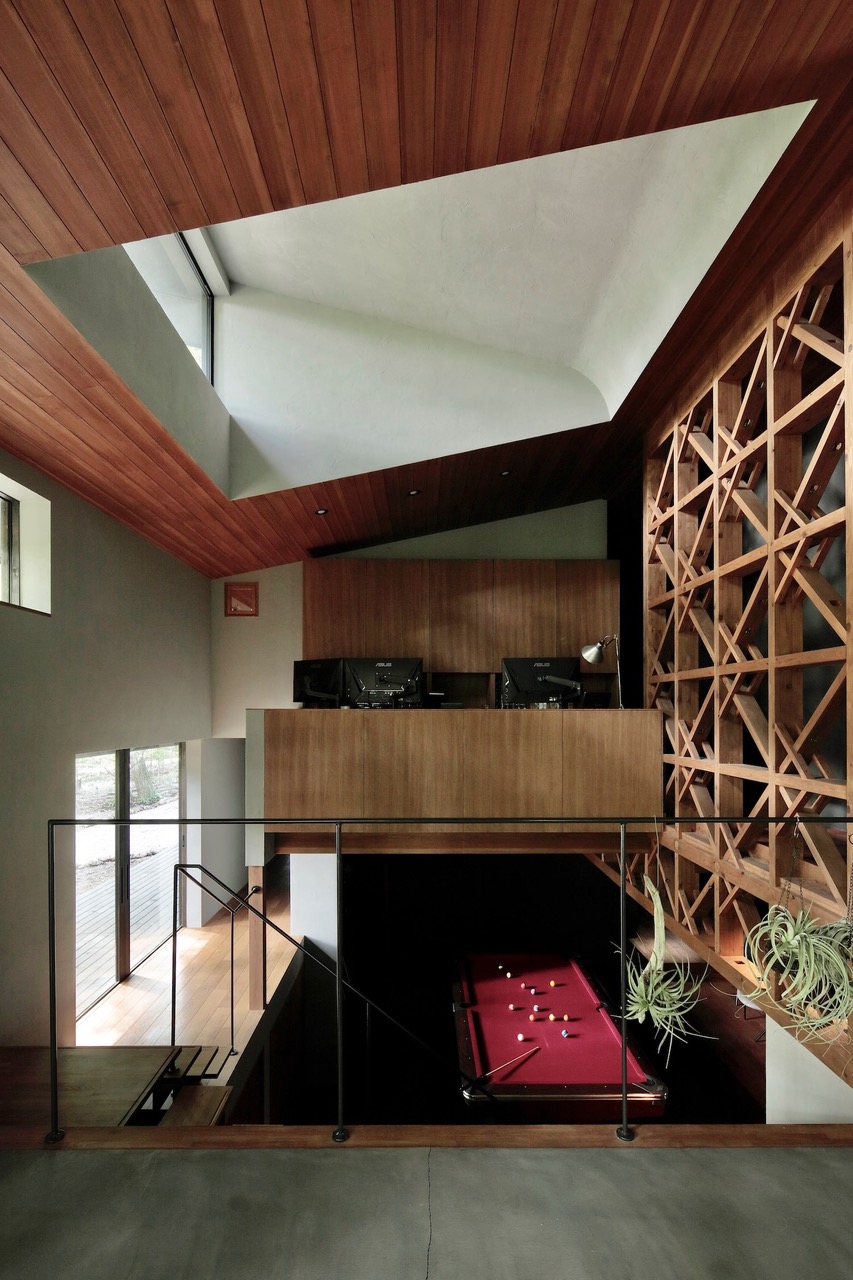
The two-storey residence is defined by its timber skeleton. Near the centre of the building is a wood-truss shear wall. This is not only functional, in reinforcing the structure (a shear wall withstands lateral forces such as strong winds), but also adds a dynamic contribution to the interior aesthetic, playing with scale and space.
Receive our daily digest of inspiration, escapism and design stories from around the world direct to your inbox.
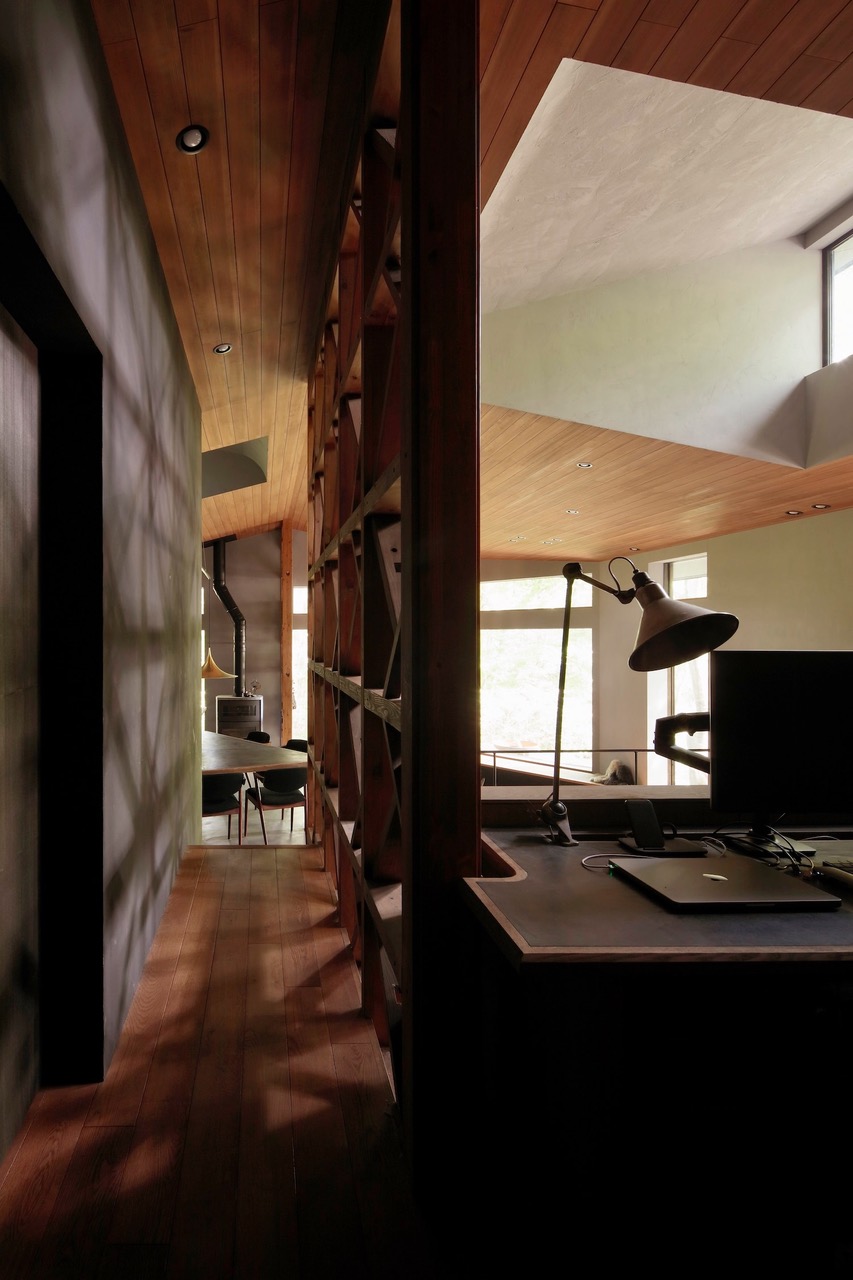
‘The complex configuration of the cross section in terms of planning took time to adjust, including the structural aspects,’ says Hirobe. ‘The truss walls increased the level of difficulty, but are a symbolic element that supports the space.’
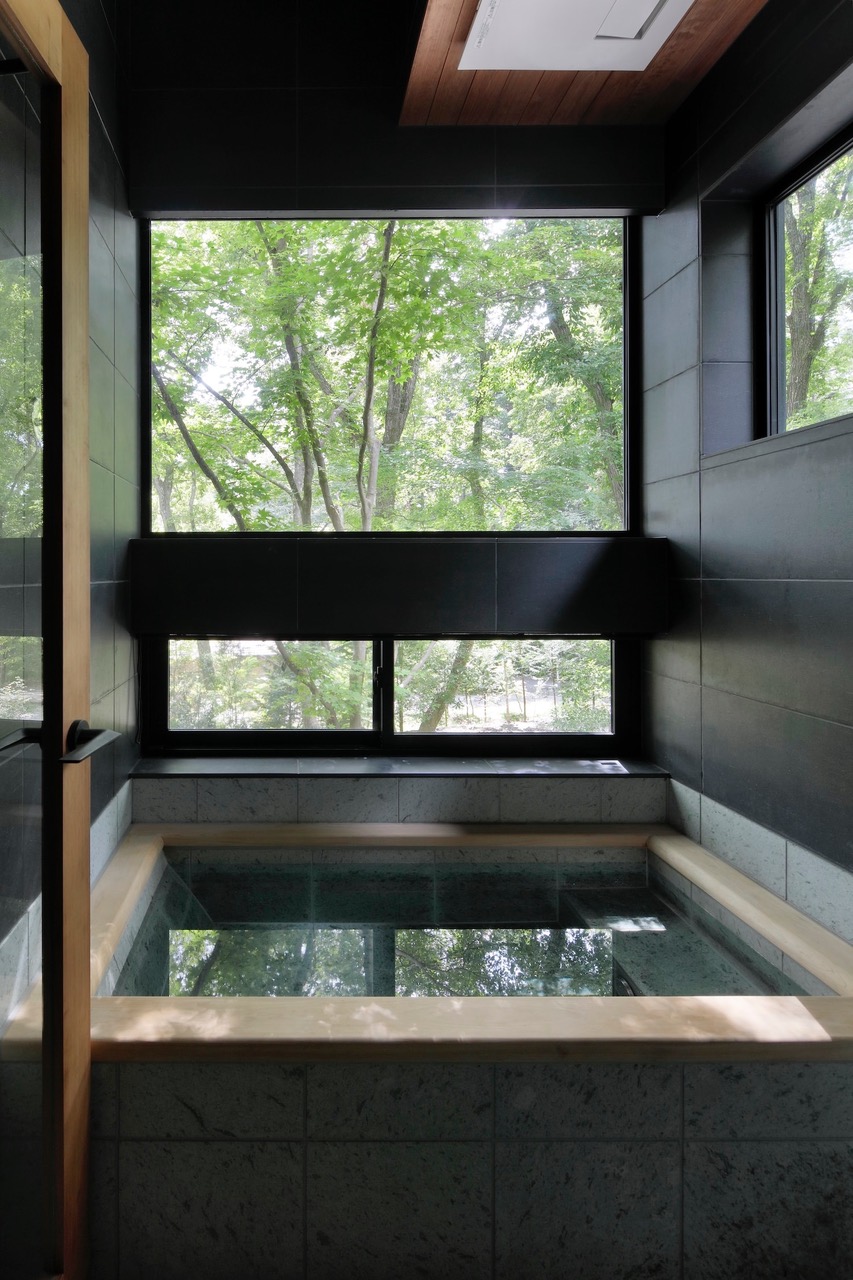
‘The approach from the entrance to the living room is based on a sense of “envelopment”, as if to take some distance from the surrounding environment,’ says Hirobe. ‘We would like visitors to rediscover the splendour of the site’s environment in a sequence that, after [they have been] enveloped by the grey plastered interior walls, gradually opens up toward nature.’
Tianna Williams is Wallpaper’s staff writer. When she isn’t writing extensively across varying content pillars, ranging from design and architecture to travel and art, she also helps put together the daily newsletter. She enjoys speaking to emerging artists, designers and architects, writing about gorgeously designed houses and restaurants, and day-dreaming about her next travel destination.
-
 A former agricultural building is transformed into a minimal rural home by Bindloss Dawes
A former agricultural building is transformed into a minimal rural home by Bindloss DawesZero-carbon design meets adaptive re-use in the Tractor Shed, a stripped-back house in a country village by Somerset architects Bindloss Dawes
-
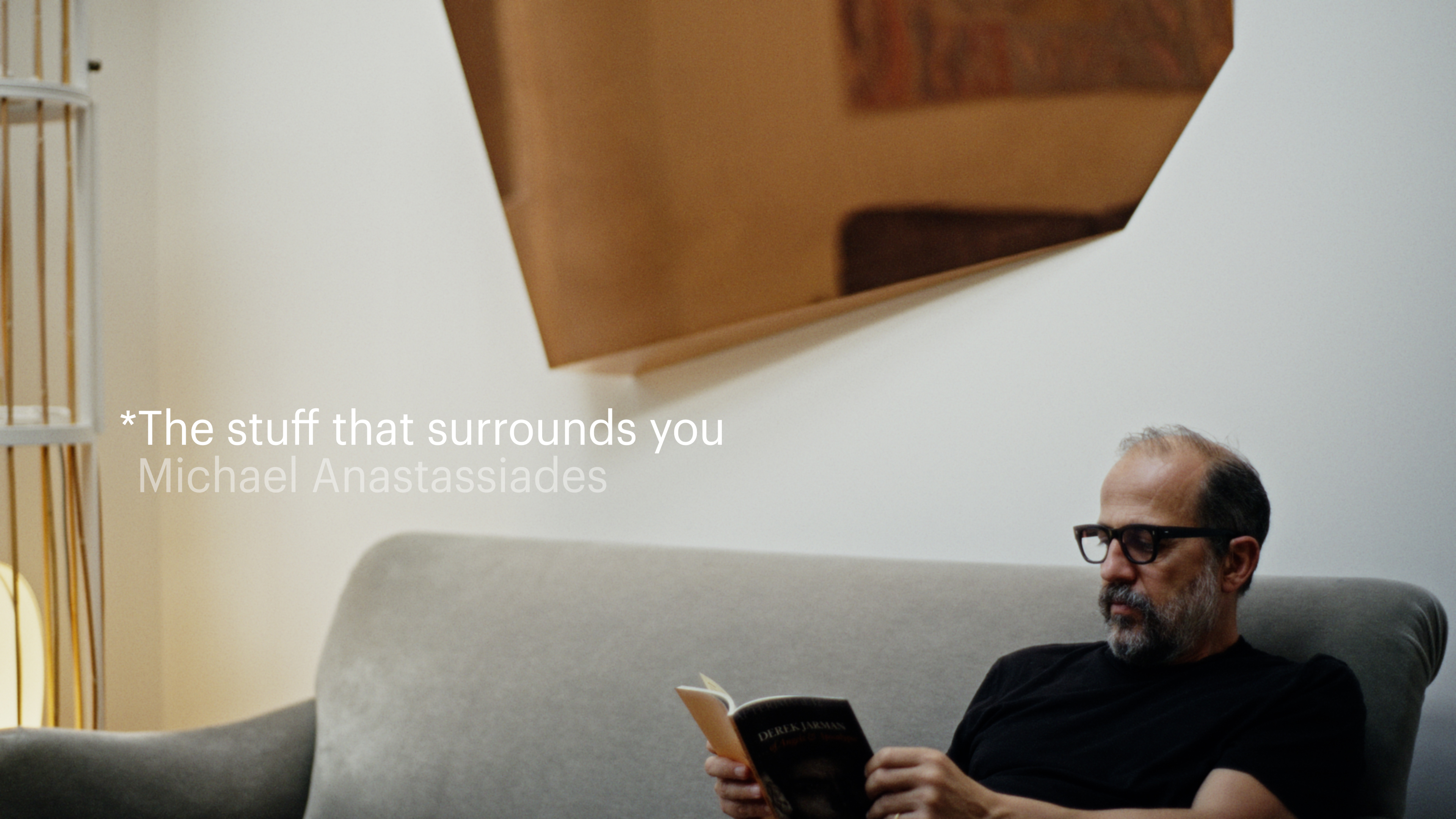 The Stuff That Surrounds You: Inside the home of designer Michael Anastassiades
The Stuff That Surrounds You: Inside the home of designer Michael AnastassiadesIn The Stuff That Surrounds You, Wallpaper* explores a life through objects. In this episode, we step inside one of the most considered homes we've ever seen, where Anastassiades test drives his own creations
-
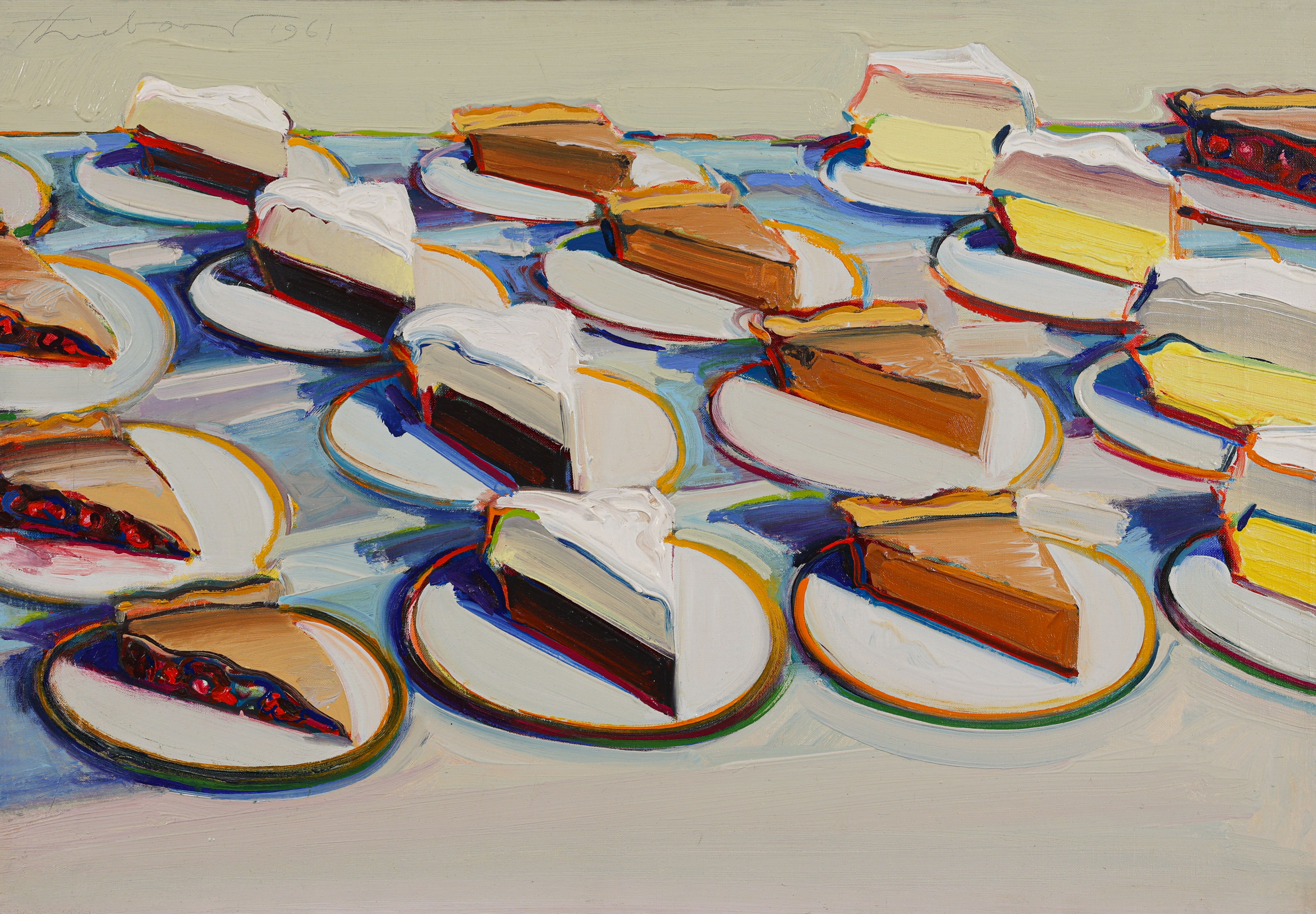 Why are Wayne Thiebaud’s paintings at the Courtauld so tempting?
Why are Wayne Thiebaud’s paintings at the Courtauld so tempting?The American artist’s thickly painted slices of cake at the Courtauld are some of our favourite artworks seen this year. What makes them so special?
-
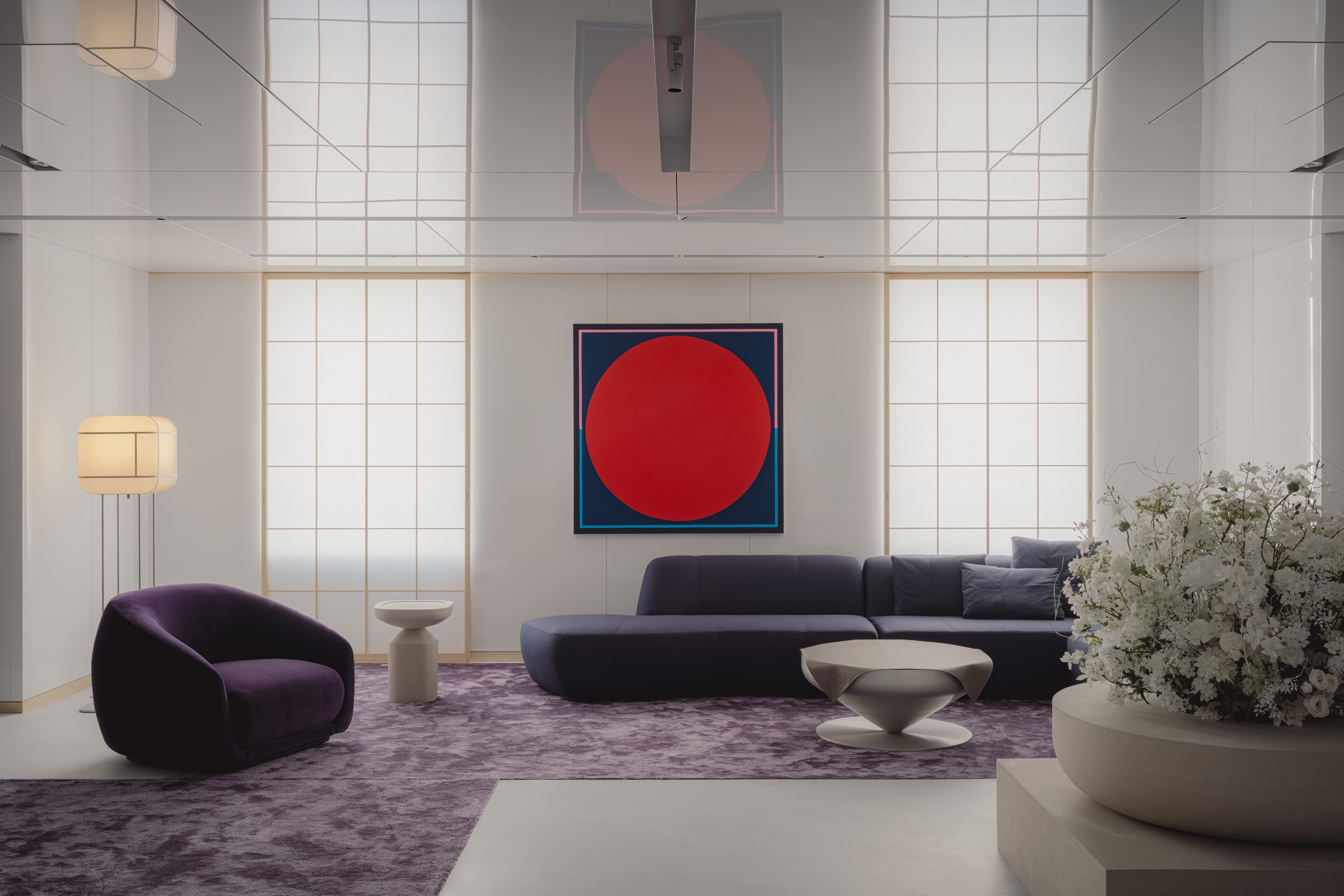 Matsuya Ginza lounge is a glossy haven at Tokyo’s century-old department store
Matsuya Ginza lounge is a glossy haven at Tokyo’s century-old department storeA new VIP lounge inside Tokyo’s Matsuya Ginza department store, designed by I-IN, balances modernity and elegance
-
 The Architecture Edit: Wallpaper’s houses of the month
The Architecture Edit: Wallpaper’s houses of the monthThis September, Wallpaper highlighted a striking mix of architecture – from iconic modernist homes newly up for sale to the dramatic transformation of a crumbling Scottish cottage. These are the projects that caught our eye
-
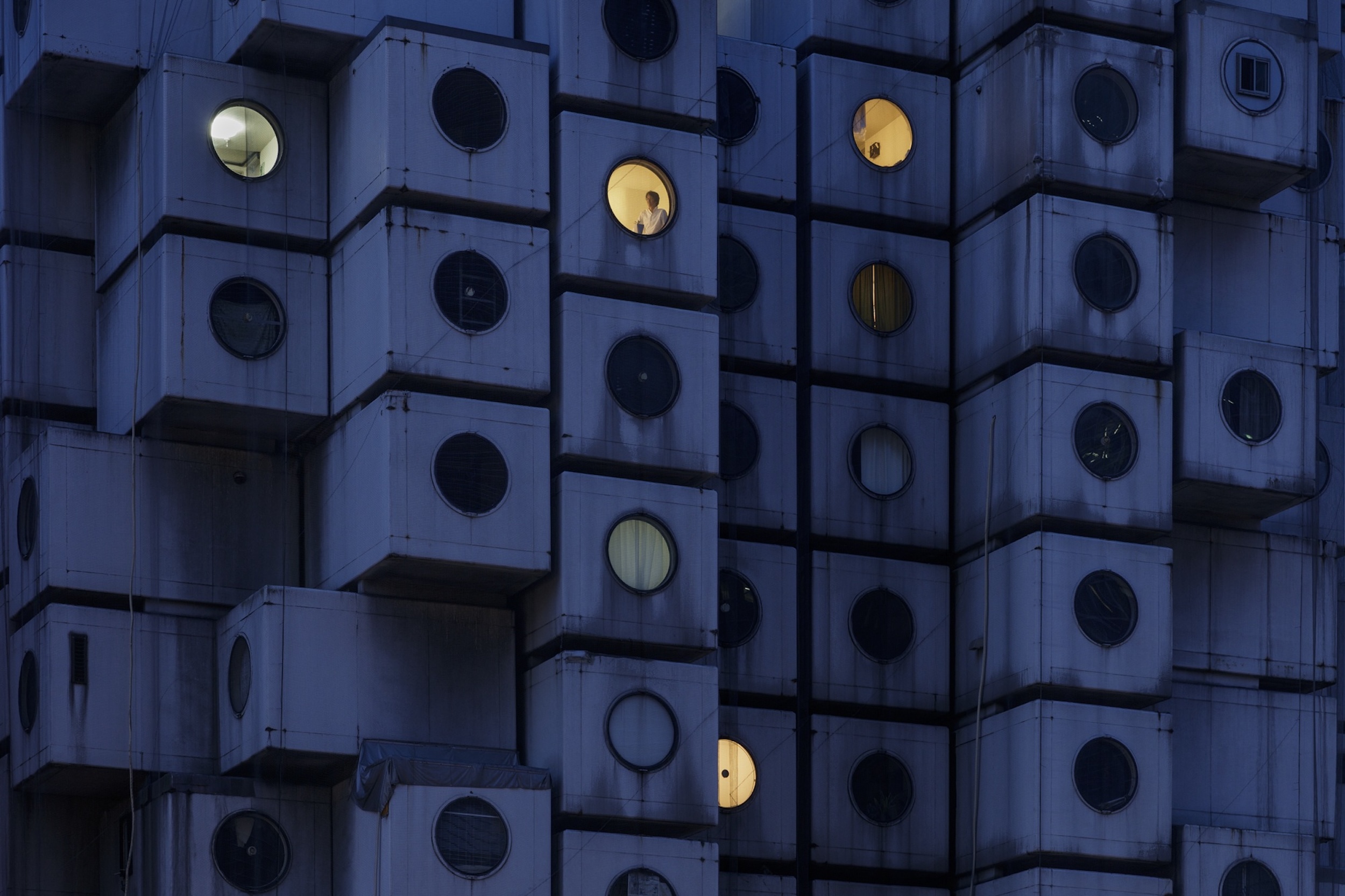 Utopian, modular, futuristic: was Japanese Metabolism architecture's raddest movement?
Utopian, modular, futuristic: was Japanese Metabolism architecture's raddest movement?We take a deep dive into Japanese Metabolism, the pioneering and relatively short-lived 20th-century architecture movement with a worldwide impact; explore our ultimate guide
-
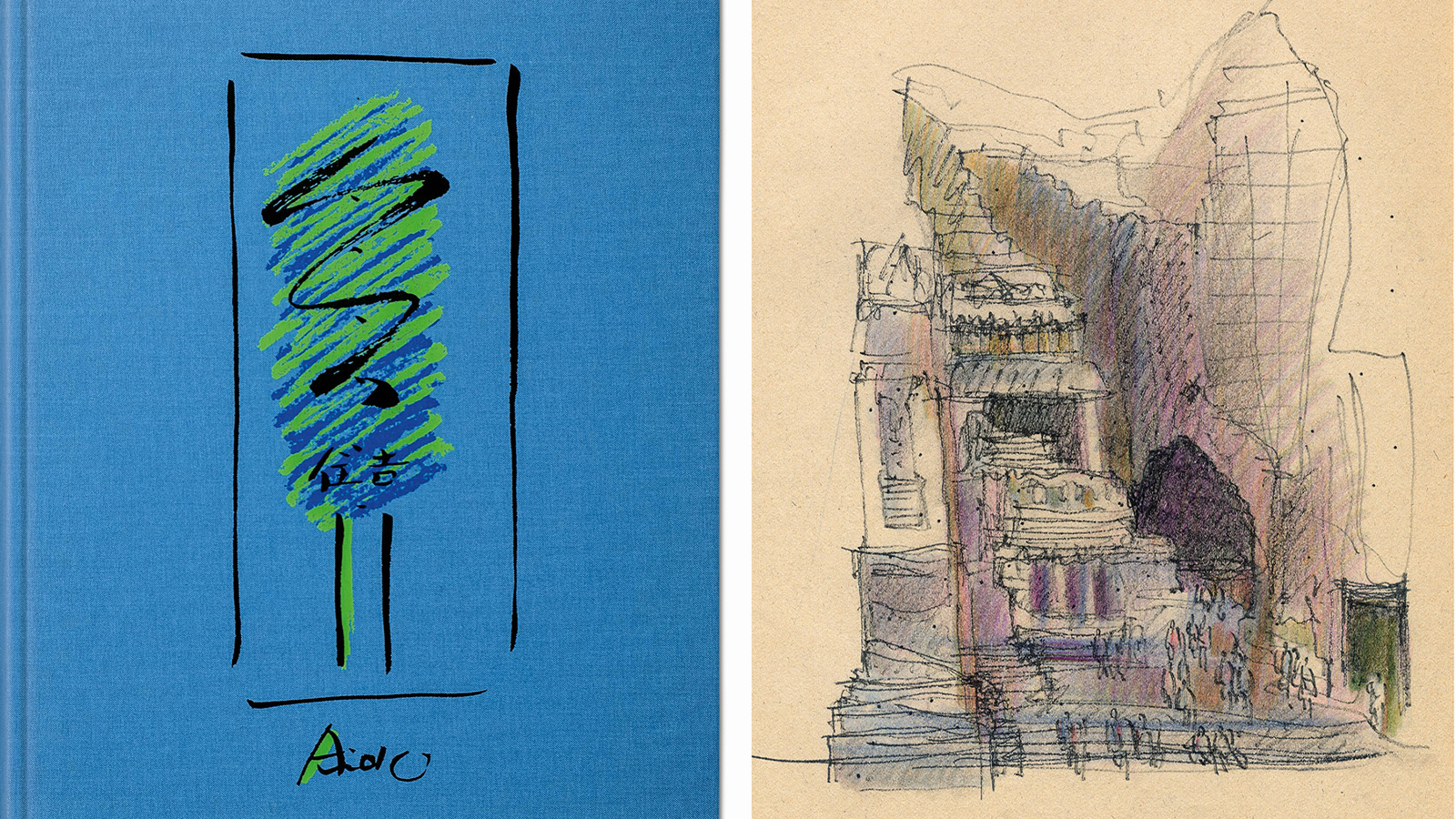 A new Tadao Ando monograph unveils the creative process guiding the architect's practice
A new Tadao Ando monograph unveils the creative process guiding the architect's practiceNew monograph ‘Tadao Ando. Sketches, Drawings, and Architecture’ by Taschen charts decades of creative work by the Japanese modernist master
-
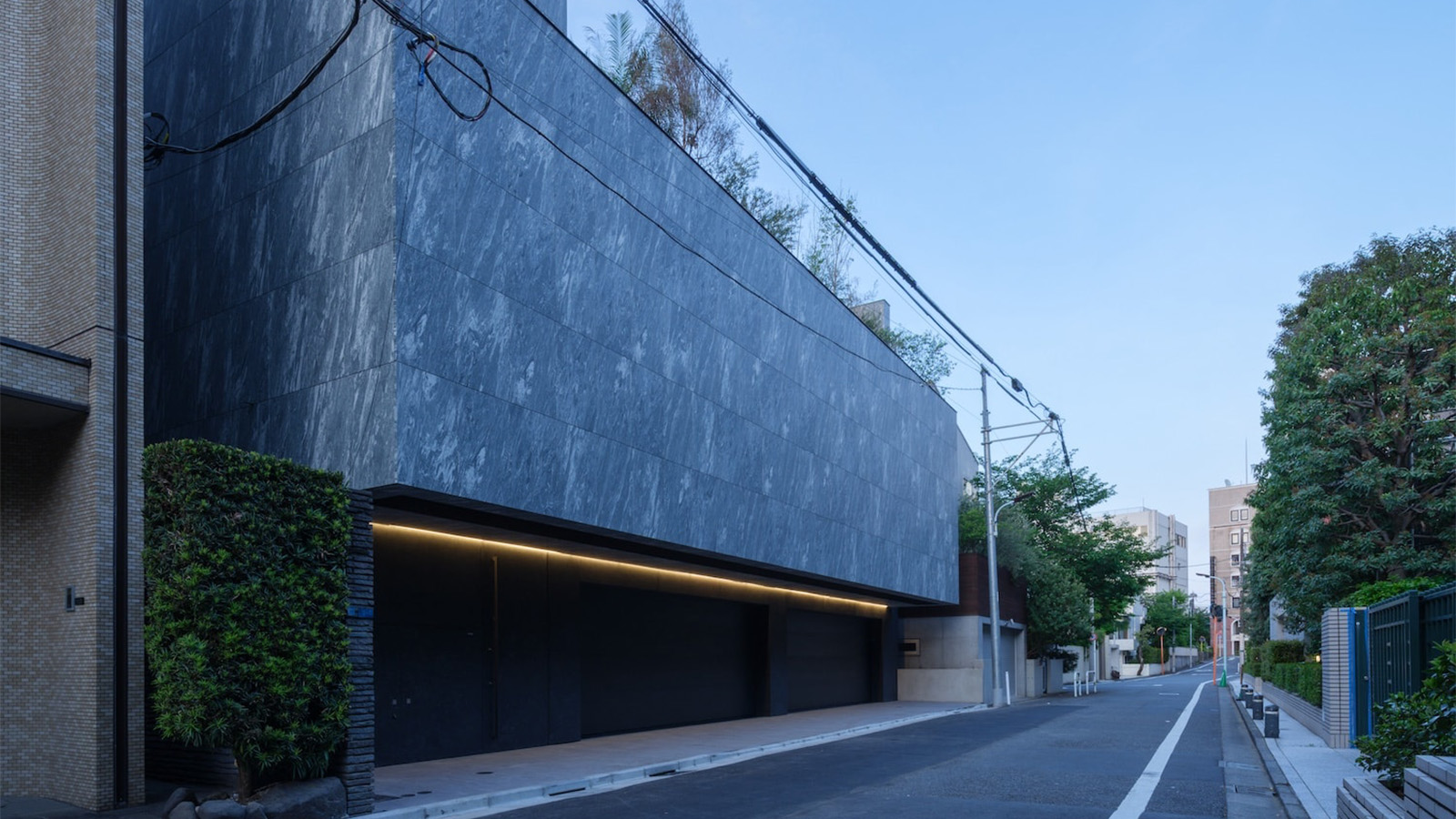 A Tokyo home’s mysterious, brutalist façade hides a secret urban retreat
A Tokyo home’s mysterious, brutalist façade hides a secret urban retreatDesigned by Apollo Architects, Tokyo home Stealth House evokes the feeling of a secluded resort, packaged up neatly into a private residence
-
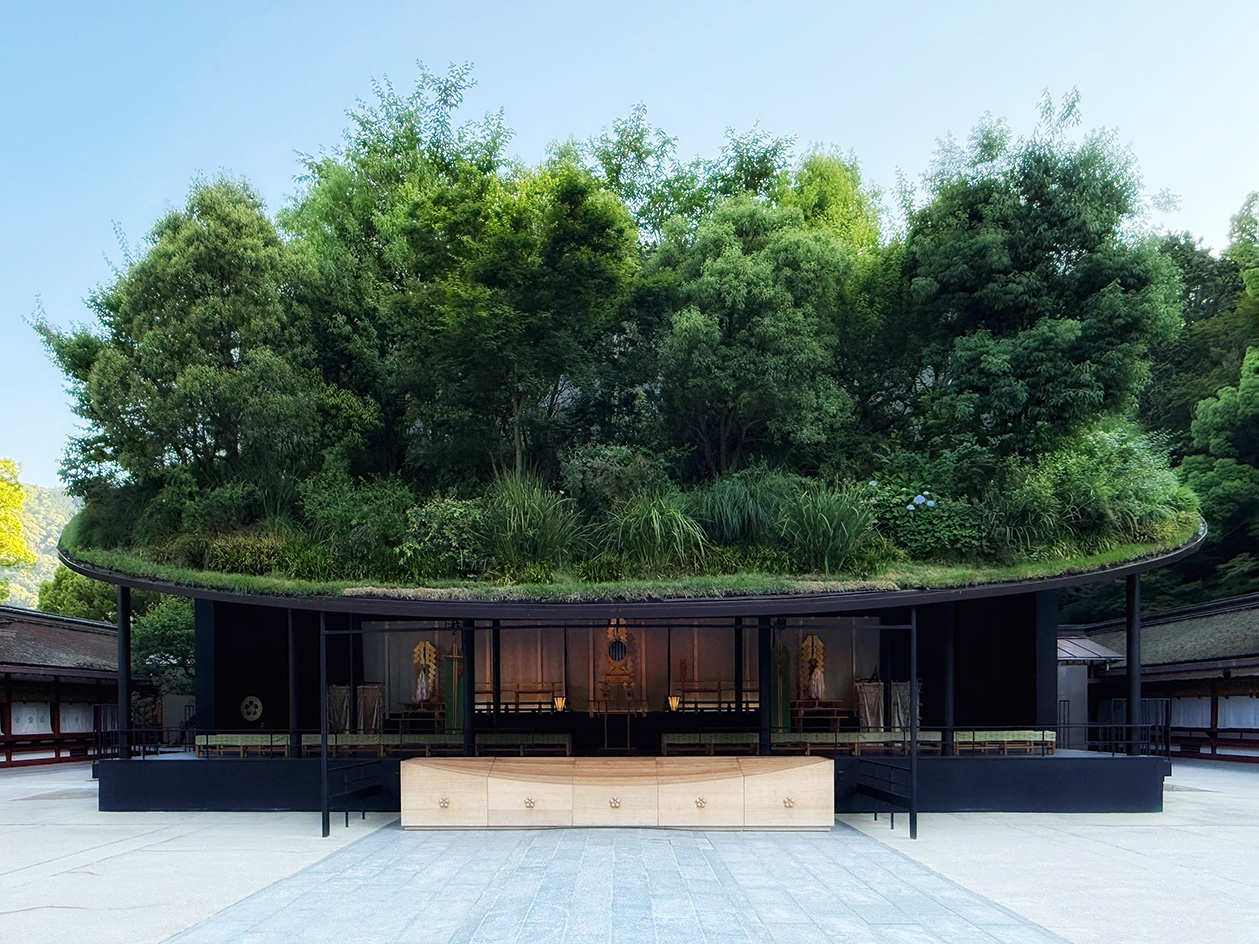 Landscape architect Taichi Saito: ‘I hope to create gentle landscapes that allow people’s hearts to feel at ease’
Landscape architect Taichi Saito: ‘I hope to create gentle landscapes that allow people’s hearts to feel at ease’We meet Taichi Saito and his 'gentle' landscapes, as the Japanese designer discusses his desire for a 'deep and meaningful' connection between humans and the natural world
-
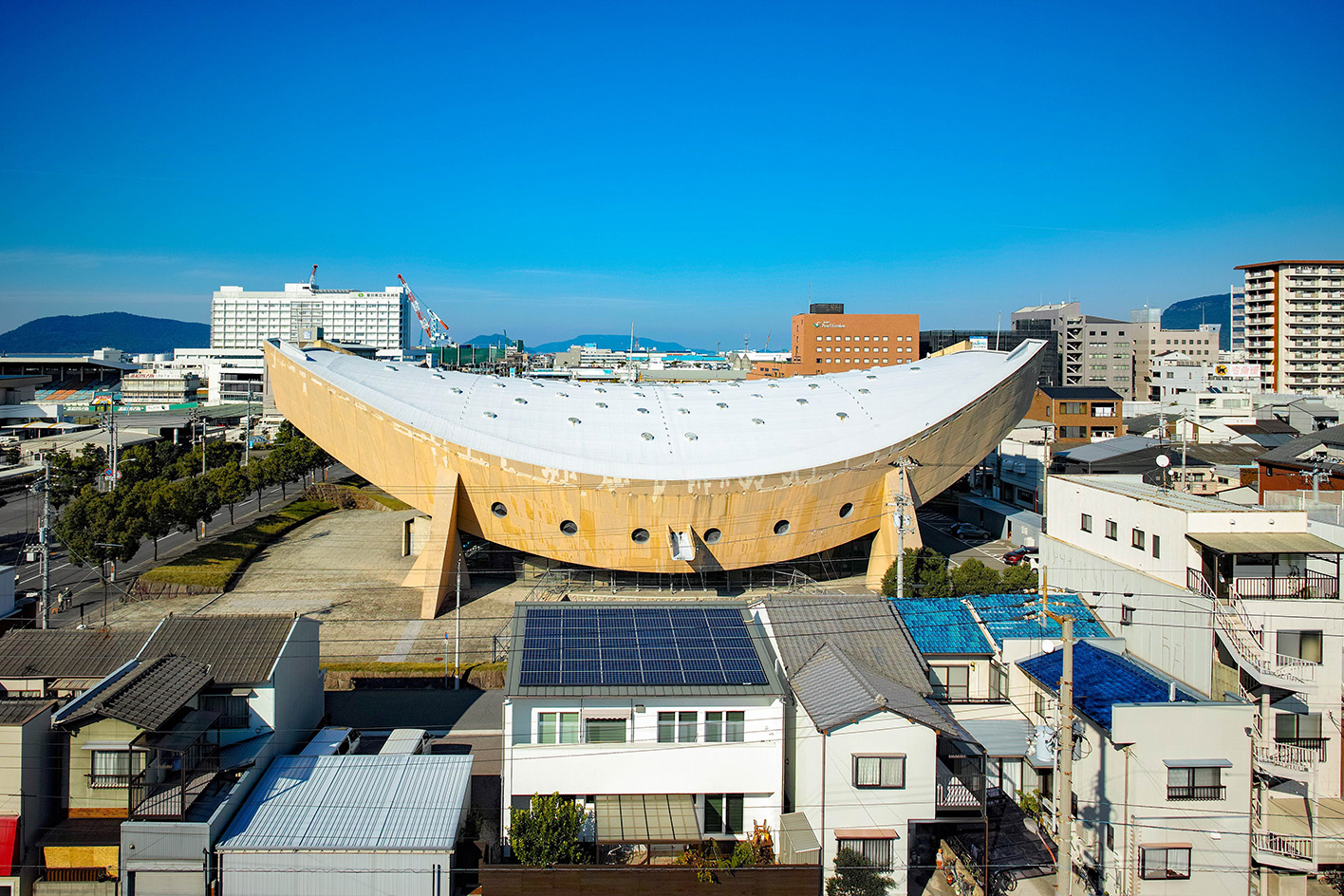 Campaigners propose reuse to save Kenzo Tange’s modernist ‘Ship Gymnasium’ in Japan
Campaigners propose reuse to save Kenzo Tange’s modernist ‘Ship Gymnasium’ in JapanThe Pritzker Prize-winning architect’s former Kagawa Prefectural Gymnasium is at risk of demolition; we caught up with the campaigners who hope to save it
-
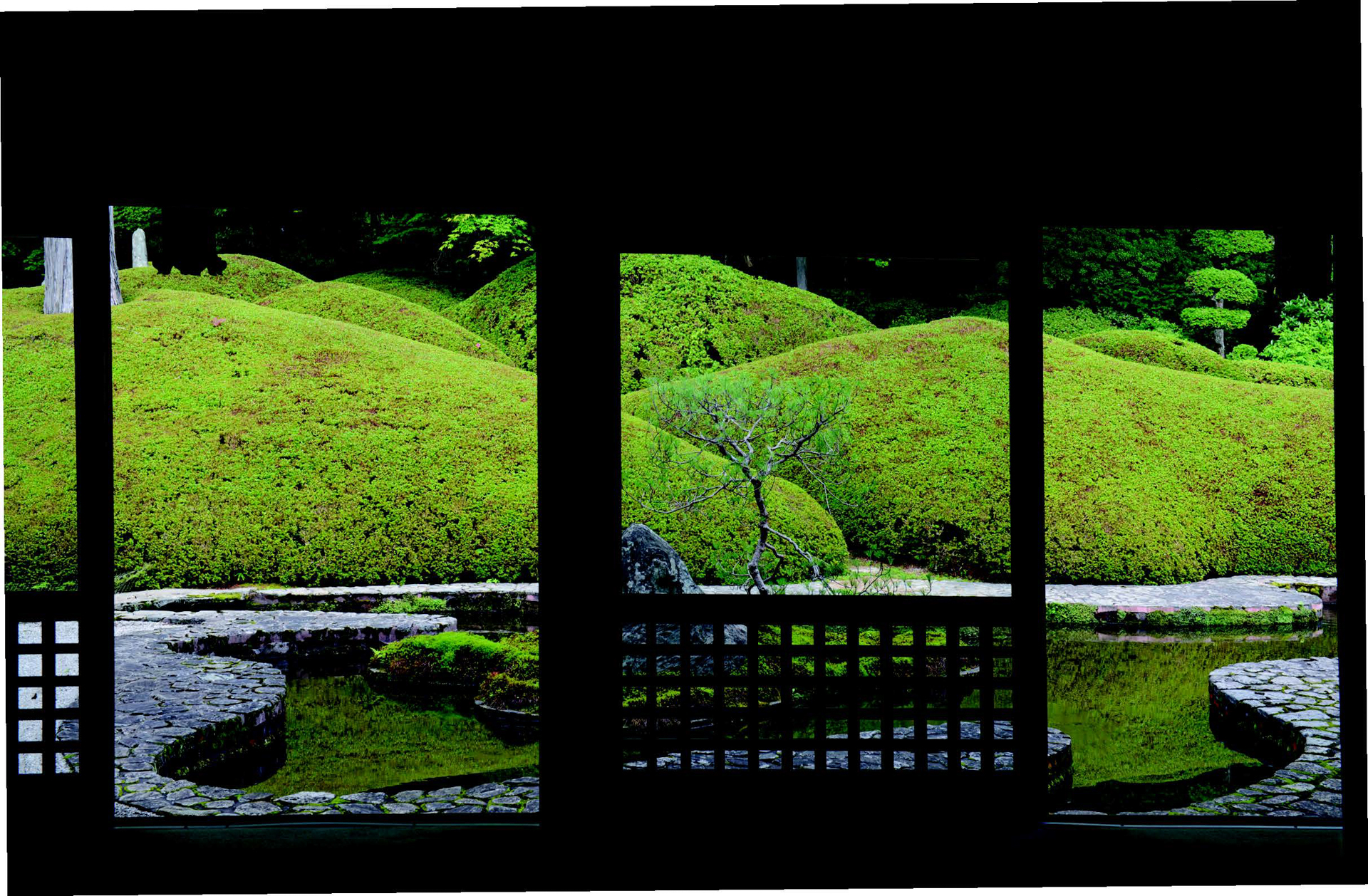 A new photo book explores the symbolic beauty of the Japanese garden
A new photo book explores the symbolic beauty of the Japanese garden‘Modern Japanese Gardens’ from Thames & Hudson traces the 20th-century evolution of these serene spaces, where every element has a purpose